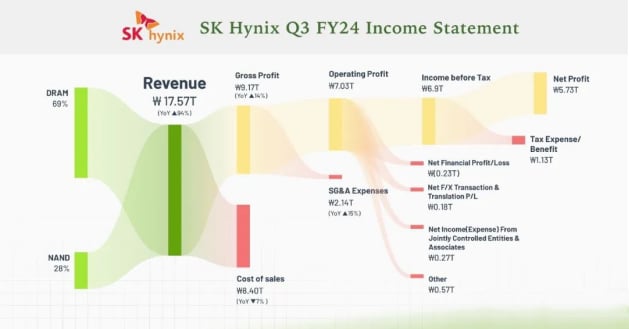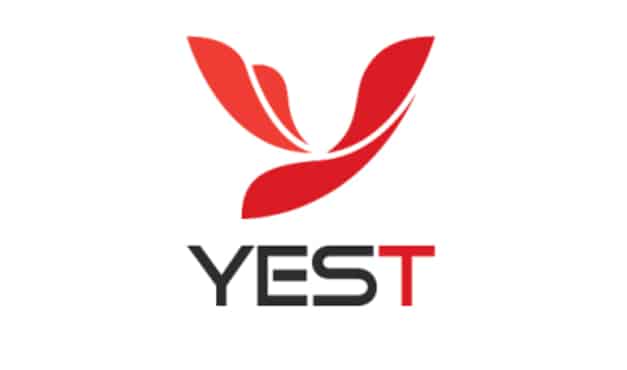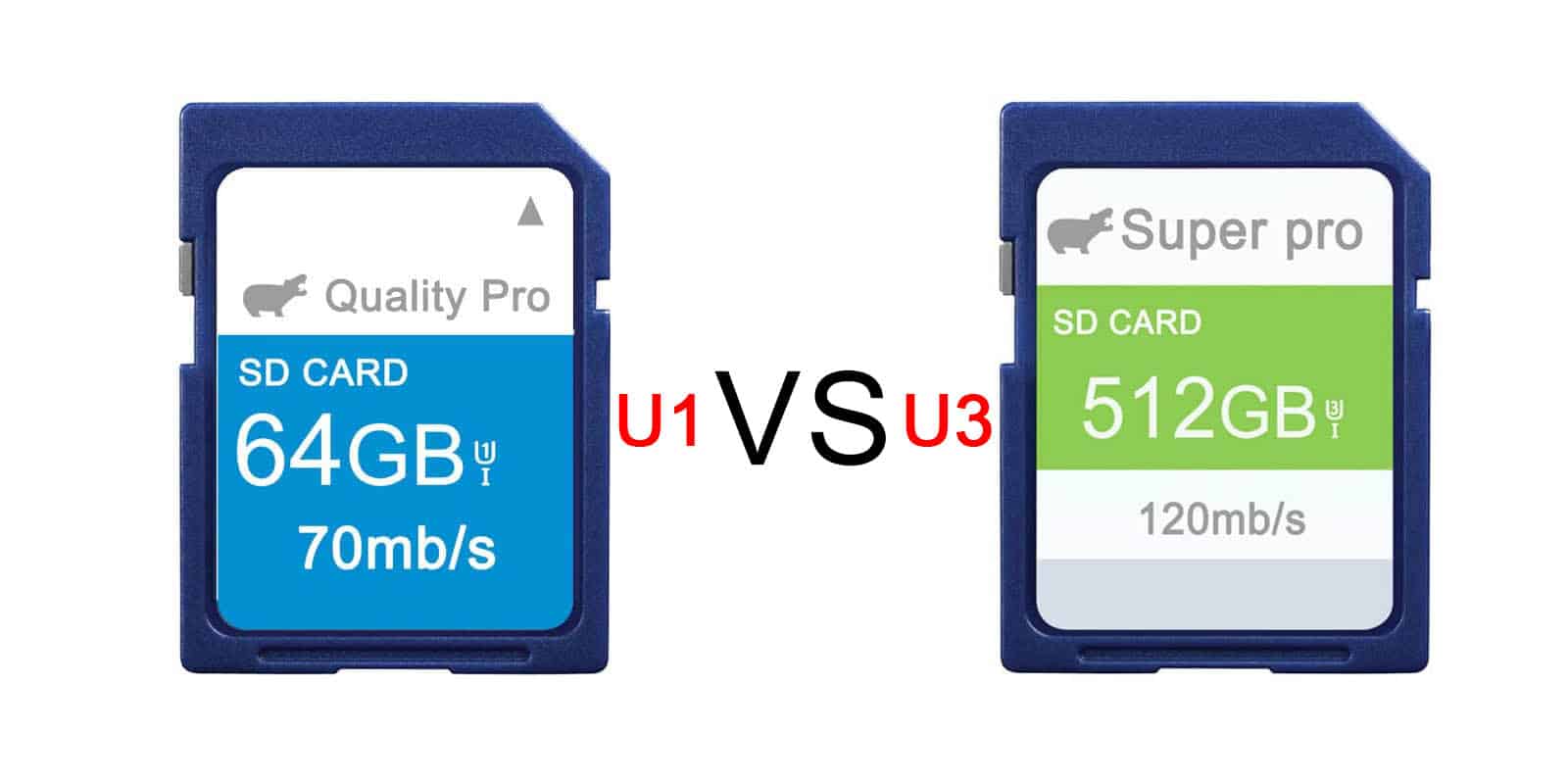Hynix’s Q3 Quarterly Financial Report and Procurement of HBM Equipment
Hynix Q3 Financial Report: Revenue in the United States Reaches 64%, China Decreases to 24%.
Unlike semiconductor equipment manufacturers such as ASML, which are significantly affected by fluctuations in China, SK Hynix’s prospects appear optimistic, thanks to strong HBM demand in the United States.
According to South Korean media outlet newdaily, citing its quarterly report published on November 15th, the company’s sales in the United States hit a historical high in the third quarter as HBM3e is fully supplied to NVIDIA, and it is expected to maintain strong momentum throughout next year.

The report shows that the United States accounted for 64% of SK Hynix’s third-quarter sales, increasing by 5 percentage points from the previous quarter and 17 percentage points year-on-year, setting a historical high.
In monetary terms, in the third quarter alone, SK Hynix sold memory worth 11.327 trillion won (approximately $8.7 billion) to the United States, slightly less than the total sales in the United States in the first half of this year.
According to newsdaily, there is growing anticipation that SK Hynix’s sales in the United States will be even higher in the fourth quarter and next year, as NVIDIA’s upcoming Blackwell is expected to drive a surge in HBM supply starting from this quarter.As previously reported by Reuters and South Korean media ZDNet, NVIDIA CEO Jensen Huang requested SK Hynix to advance the supply of HBM4 by six months.
The company stated in October that it plans to deliver chips to customers in the second half of 2025.According to ZDNet, to further capitalize on opportunities in the U.S. market, the memory giant established a new subsidiary in Indiana in the third quarter after securing funding under the CHIPS Act to build an AI memory advanced packaging production facility in the United States.
According to SK Hynix’s press release, the Indiana factory is expected to begin mass production of next-generation HBM and other AI memory products in the second half of 2028.On the other hand, China once accounted for about 30% of SK Hynix’s regional revenue, but its share dropped to only 24% in the third quarter.

According to the report, this situation can be attributed to two reasons. First, as SK Hynix’s Chinese customers focus on personal computers, smartphones, and IT devices that use general-purpose memory, the demand for traditional memory products has decreased, and China’s contribution to SK Hynix’s total revenue seems to be weakening.
Furthermore, it is reported that ongoing regulatory pressure from the United States on China has also led to changes in SK Hynix’s revenue structure.
SK Hynix Procures Nearly 58 Million in HBM Equipment!
Semiconductor equipment company Yest demonstrates its strength with news of supplying to SK Hynix.

According to the South Korean stock exchange on November 20th, as of 11:16 AM, Yest’s trading price was 9,160 won, up 7.76% from the previous trading day.
After continuing a sluggish performance due to concerns about a slowdown in the semiconductor industry and the “Trump shock,” Yest seems to have successfully rebounded and returned to the 10,000 won mark.
Yest announced earlier in the day that it had signed a contract to supply high-bandwidth memory (HBM) semiconductor manufacturing equipment to SK Hynix, and its stock price soared to 9,490 won.
Yest will supply electric furnaces worth 11.16 billion won (57.59 million yuan) to SK Hynix, which are key equipment in the HBM production process.
Yest’s semiconductor furnaces are equipment that use the radiated heat from heaters to remove impurities or stabilize the structure of wafers during the semiconductor manufacturing process.
Securities firms are concerned that the South Korean semiconductor industry may lose its leading position in the future.
Daol Investment & Securities researcher Ko Young-min stated, “South Korea’s leadership in the semiconductor field will be solid until 2026, when the semiconductor cycle will continue because significant technological inflection points will arrive within three years, and we must be vigilant about latecomers developing innovative technologies.”










